Fear for the Flesh: The Artists Who Influenced Silent Hill 2
The surreal, macabre inspirations behind one of gaming’s greatest works of psychological horror
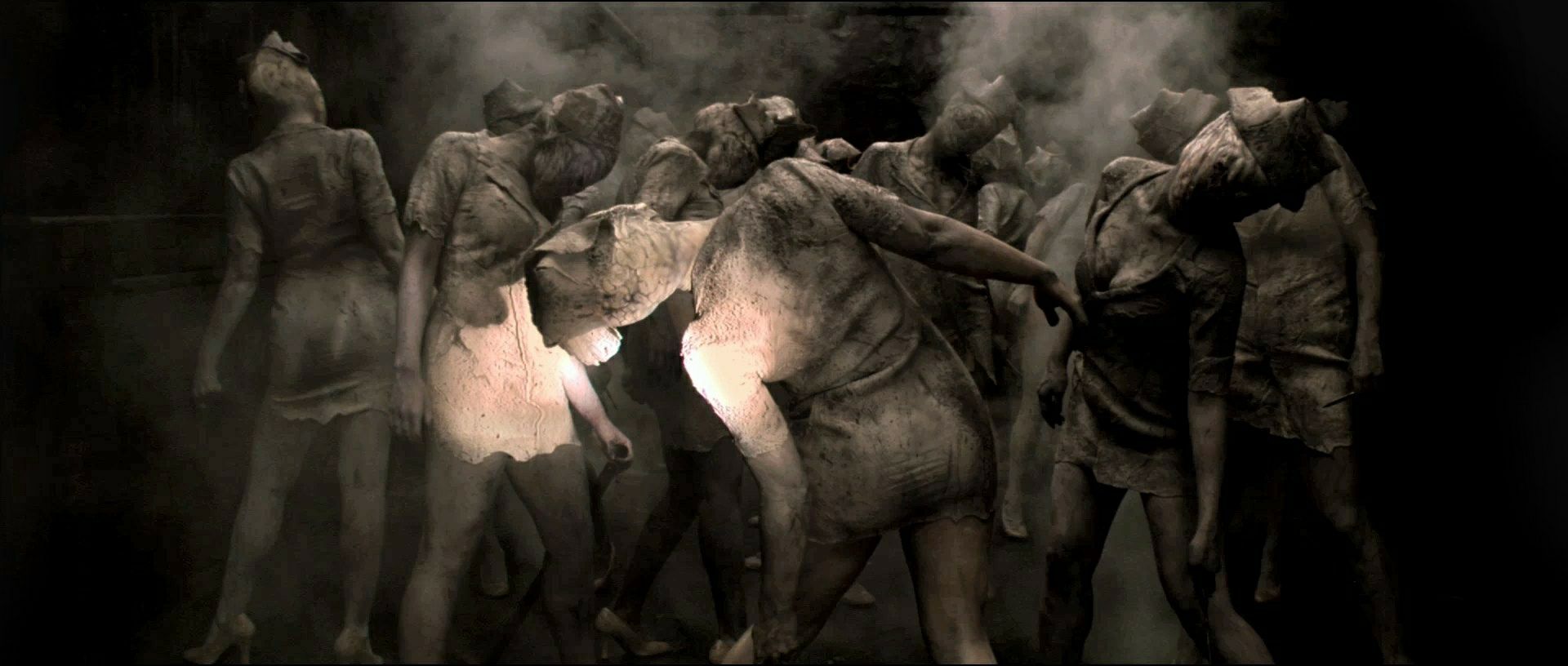
The works of art that Silent Hill 2 pays homage to are innumerable, drawing from the full breadth of film, television, literature, music, and traditional mediums. But among the many sly references and obvious allusions, there are artists whose influences are so indelible that they’ve become a part of the game’s very DNA, influencing the atmosphere, locations, and grotesque creatures that populate its world.
Francis Bacon
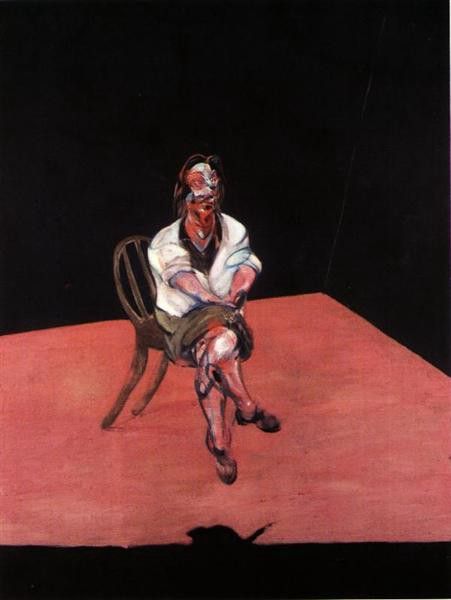
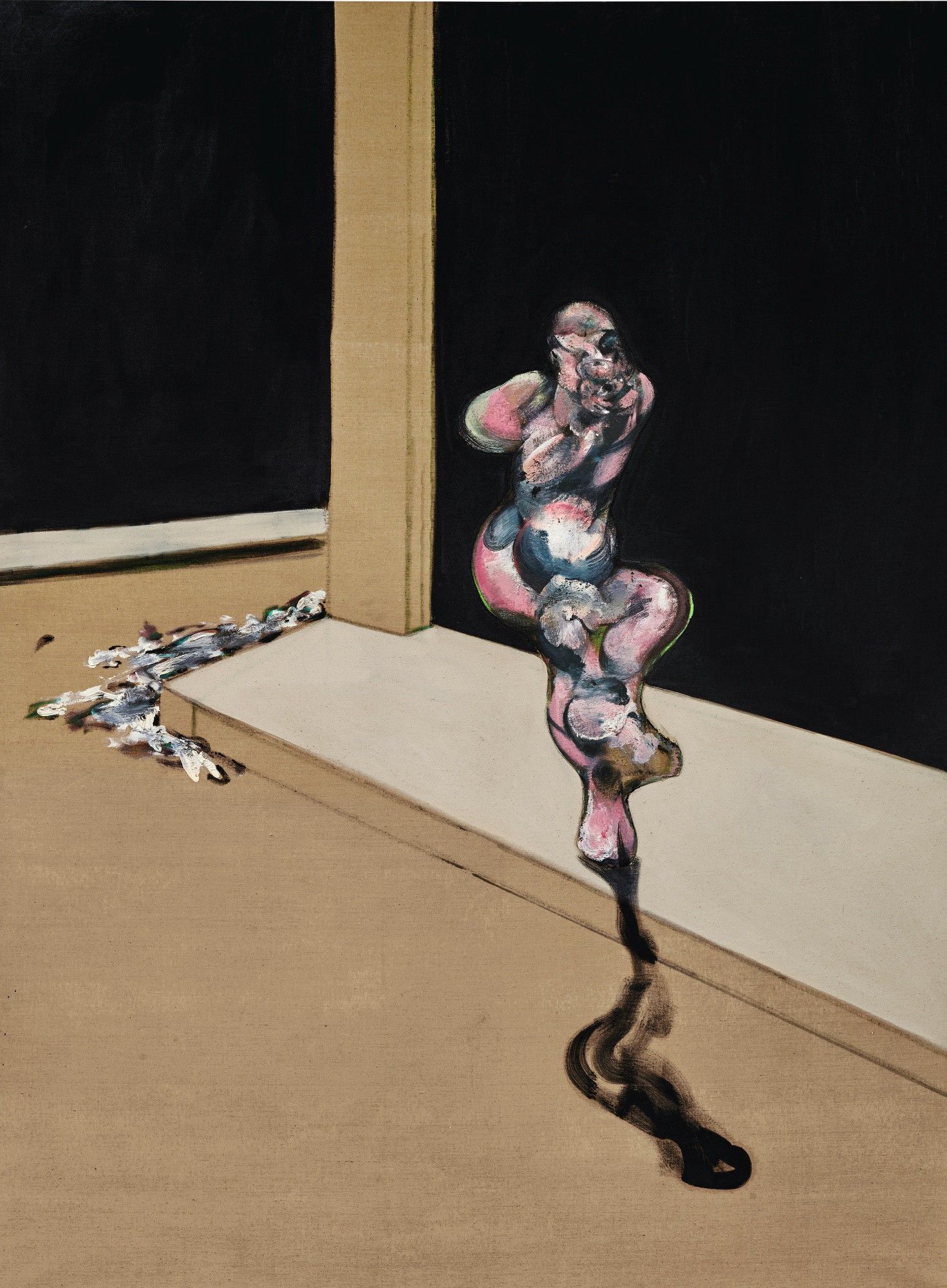
CG and character artist Takayoshi Sato cites Francis Bacon’s body of work as one of the most profound influences on Silent Hill 2’s art direction, and it takes only a cursory glance at his paintings to see why. Created in part as a reaction to the unimaginable brutality and suffering of the Second World War, Bacon’s art is obsessively preoccupied with human grotesqueness. His figures are violently warped, blurred, and distorted, often appearing to be little more than lumps of flesh, often frozen in moments of clear terror or torment.
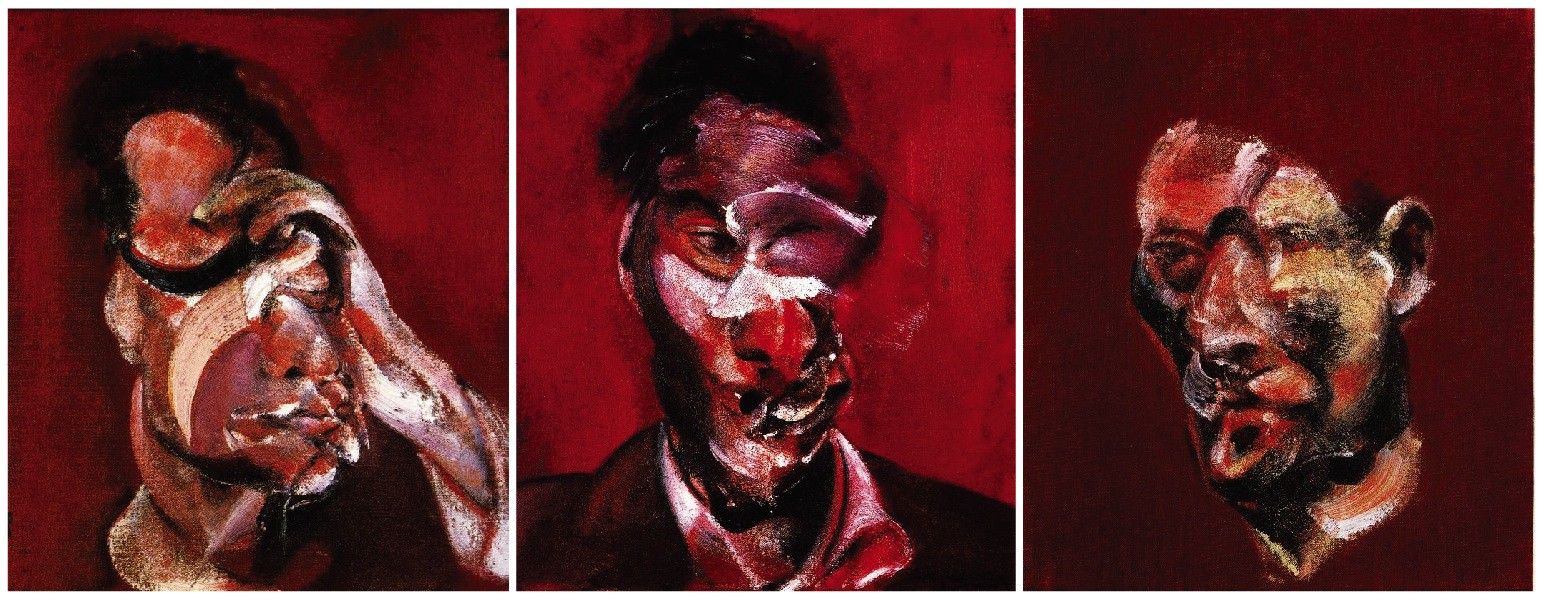
Bacon also commonly made use of lines and squares to establish perspective and demarcate space in his compositions, creating the impression of ghostly cages or prison bars, at once claustrophobic and voyeuristic, “shifting like the spaces within a bad dream.”¹ This visual motif appears throughout Silent Hill 2 as well, signifying both Mary’s confinement during the course of her terminal illness and the prison of guilt that James constructs for himself after killing her.
Joel-Peter Witkin
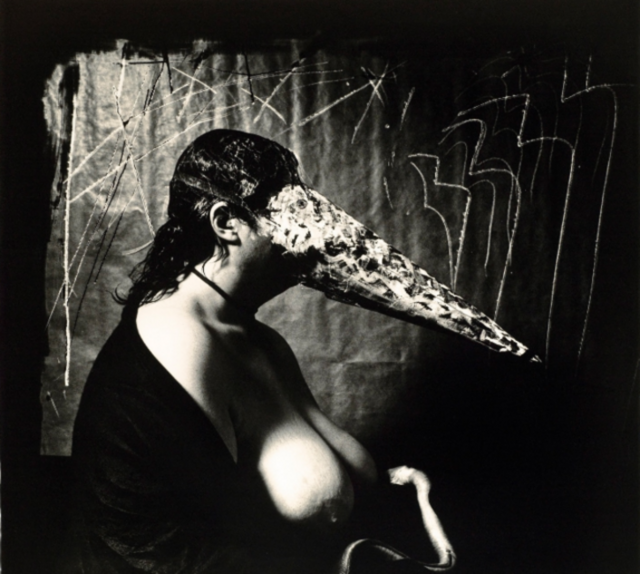
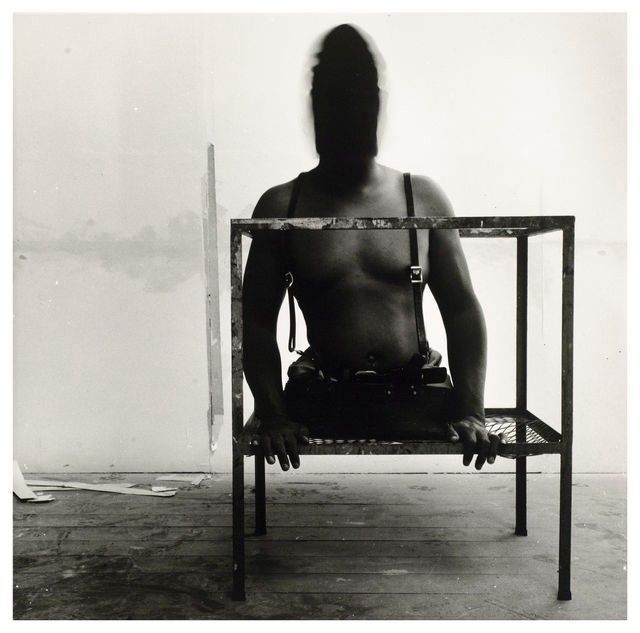
American photographer Joel-Peter Witkin draws from literature, mythology, and classical art to create complex and highly transgressive tableaux, often featuring social pariahs, medical oddities, and even human cadavers as central subjects. Religious imagery appears frequently in his work, placing the sacred and the profane side by side, and at their core his images seek to shock the viewer into challenging their preconceived notions of normalcy, decency, and physical beauty.
Witkin’s photographs are immediately recognizable thanks to his unique darkroom process, which involves scratching, piercing, staining and tearing the negatives, drawing attention to the photograph as a physical object in its own right and lending them a damaged, antiquated appearance quite similar to the deliberate visual noise and grain filters applied to Silent Hill 2’s graphics. It is also worth noting that several of Witkin’s photographs served as direct inspirations for scenes from the 1990 film Jacob’s Ladder, another work of art with its fingerprints found throughout the Silent Hill series.
Hans Bellmer
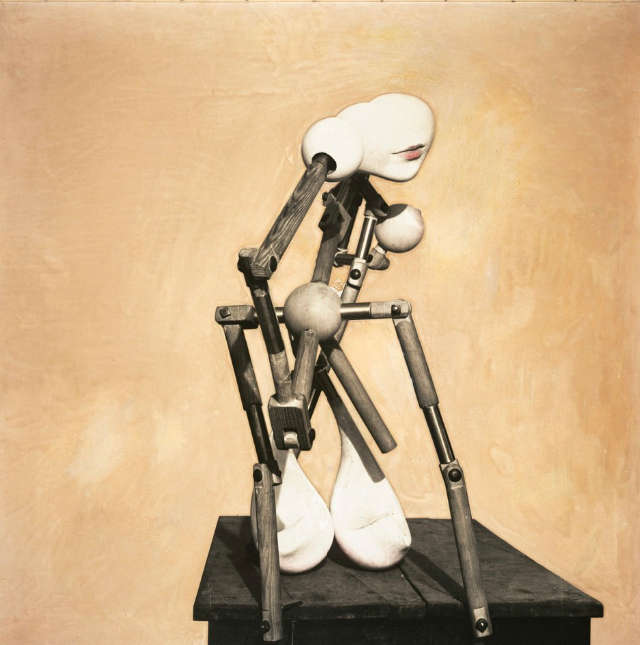
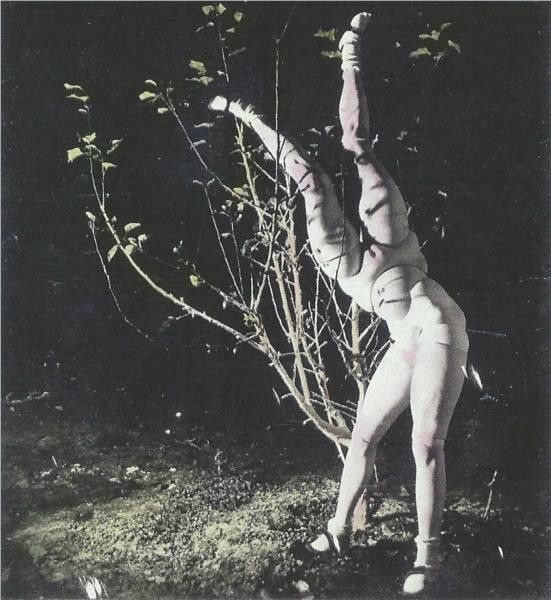
A German artist vocally opposed to the Nazi regime, Hans Bellmer fled to Paris in the late 1930s and was quickly embraced by artists of the French surrealism movement. Bellmer is most widely known for his disturbing “dolls,” constructed of plaster and papier mâché over wood-and-metal skeletons, which served as an immediately obvious inspiration for Silent Hill 2’s mannequins.
His work was subversive and violently erotic, frequently blurring the lines between organic and mechanical forms. As art historian Hal Foster notes,
In his sadistic scenes Bellmer leaves behind masochistic traces; in his erotic manipulation of the dolls he explores a sadistic impulse that is also self-destructive. In this way the dolls may go inside sadistic mastery to the point where the subject confronts its greatest fear: its own fragmentation and disintegration.²
David Lynch
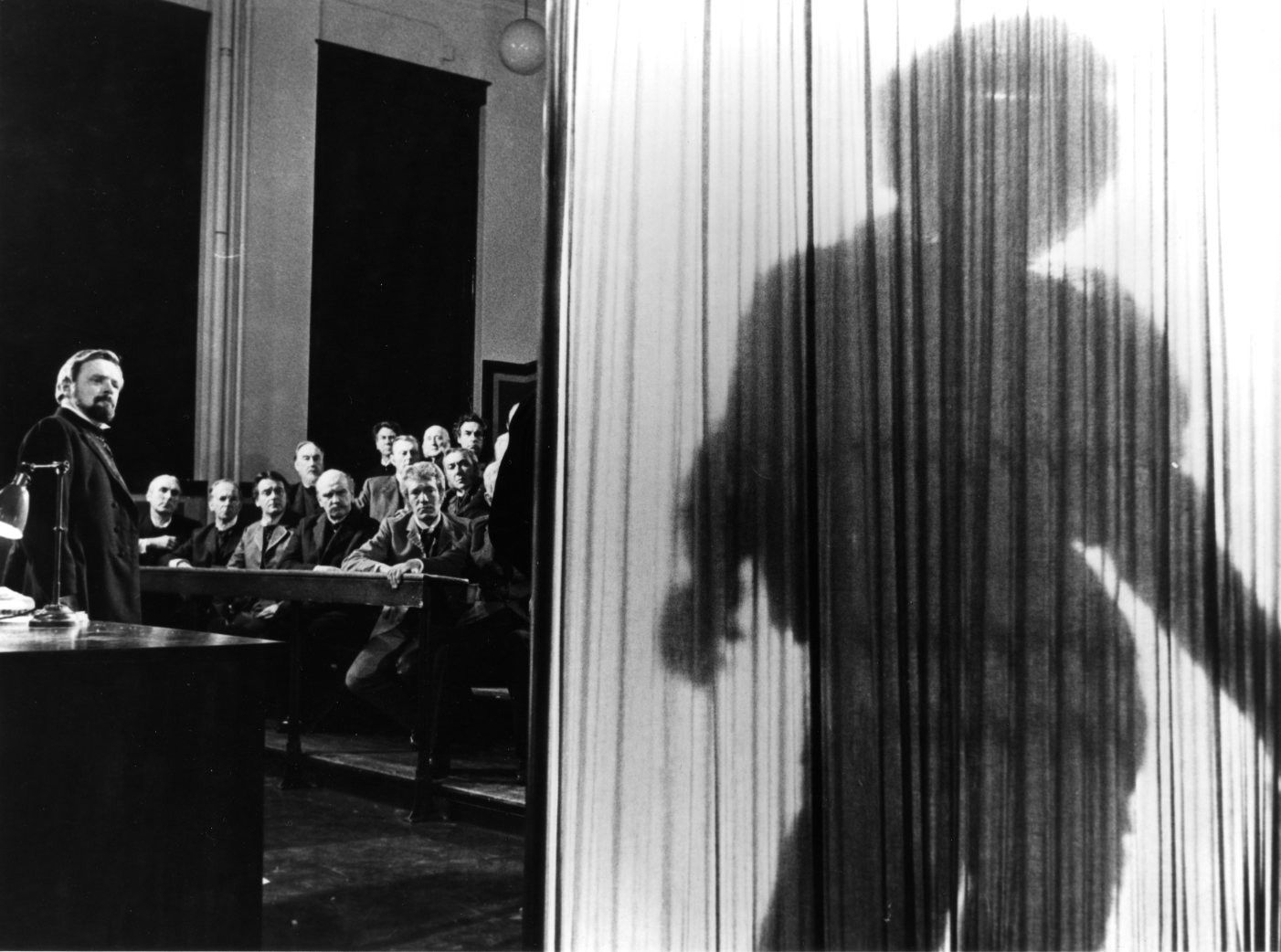
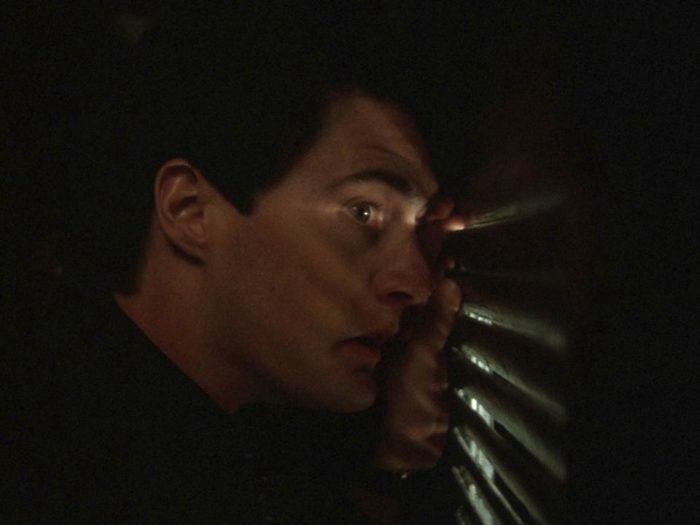
Arguably no single artist has had a larger influence on the Silent Hill series than surrealist filmmaker, painter, and musician David Lynch. Beyond the surface-level narrative elements that Silent Hill 2 shares in common with films such as Blue Velvet and Lost Highway, Lynch’s body of work operates in the same metaphorical and aesthetic spaces, dealing in themes of isolation, marginalization, existential dread, and the rot that exists beneath the placid surface of small-town America.
A key element of Lynch’s work is his use of liminality, or the “between spaces” that serve as conduits between realities and selves. Doppelgangers, self-deceptive fantasies, and characters who become trapped in nightmarish mirrored lives all abound in Lynch’s films, and his art moves freely between the dreamlike and the hallucinatory. From the decaying industrial landscapes of Eraserhead and The Elephant Man to the sonic influences of Angelo Badalamenti’s Twin Peaks score and the droning sounds of Inland Empire, David Lynch’s outsized influence on the art direction of Silent Hill 2 is undeniable.
[1] Charlie Fox, “Despite all my rage, / I’m still just a rat in a cage!” last modified June 25, 2019, https://www.tate.org.uk/tate-etc/issue-37-summer-2016/despite-all-my-rage-im-still-just-rat-cage.
[2] Hal Foster, “Violation and Veiling in Surrealist Photography: Woman as Fetish, as Shattered Object, as Phallus.” Surrealism: Desire Unbound, exhibition catalogue, Tate Modern, London (2001): 203–22.
